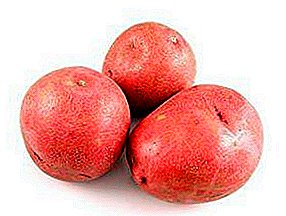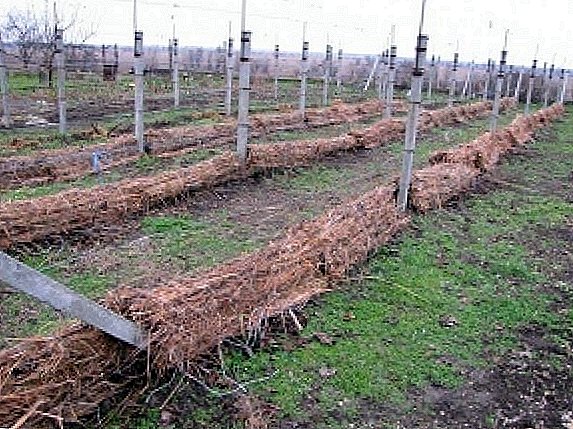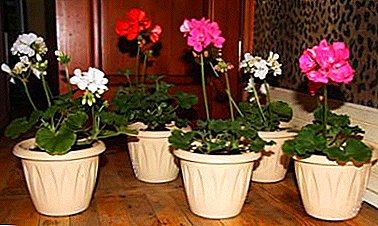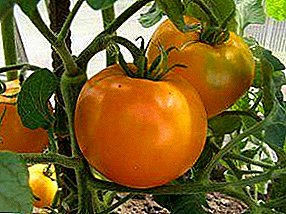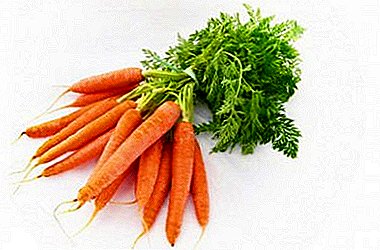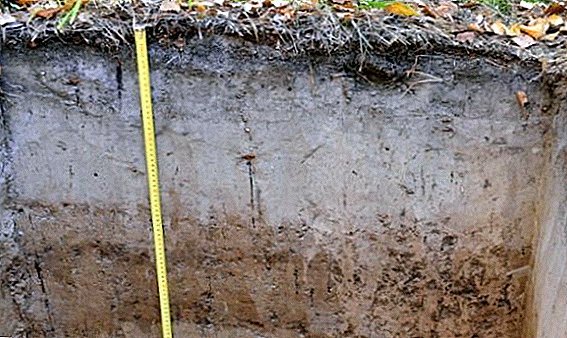 The soil is one of the greatest natural resources. Its mineral composition is not uniform over the entire earth's surface and depends on many geological factors. In addition, over time, it is exposed to erosion, wind, rain, as well as replenished with remnants of plants and microorganisms. Therefore, it is very important to know the properties of the soil in order to properly use its resources. Let's get acquainted with one of the types of soil - sod-podzolic.
The soil is one of the greatest natural resources. Its mineral composition is not uniform over the entire earth's surface and depends on many geological factors. In addition, over time, it is exposed to erosion, wind, rain, as well as replenished with remnants of plants and microorganisms. Therefore, it is very important to know the properties of the soil in order to properly use its resources. Let's get acquainted with one of the types of soil - sod-podzolic.
What is sod-podzolic soil
These soils are one of the subtypes of podzolic soils that are often found in coniferous and northern forests. Sod-podzolic soils are the most fertile of podzolic soils and contain 3-7% of humus. They can be found in the forest regions of the West Siberian Plain and the southern part of the East European Plain.
Did you know? Chernozem - the most fertile soil layer, rich in valuable nutrients. This is the most favorable land for growing the vast majority of fruits and vegetables. That is why during the Second World War, German invaders took whole echelons of black soil from the territory of Ukraine to Germany.In Russia, similar soils are noted on about 15% of the territory, in Ukraine they occupy about 10%, in Belarus - almost 50%. They developed in the process of podzolization and turf of different breeds in areas with low groundwater levels.
There are several subspecies of such soils:
- sod-pale-podzolic;
- sod-podzolic with a whitish podzolic horizon;
- sod-podzolic with a contact-clarified horizon;
- gleyed sod-podzolic.
 Podzolic soil type
Podzolic soil typeFamiliarize yourself with the basic properties of the soil and its composition, as well as soil types and their characteristics.
The theory of the formation of these soils
According to Williams theory, the podzolic process is carried out during the interaction of a certain group of organic acids and woody vegetation, as well as the further decomposition of part of the minerals. The resulting decomposition products remain in the form of organic-mineral compounds.
Sod-podzolic soils are the result of the appearance in the biocenosis of the forest suitable conditions for the development of vegetation conquering forest areas. In this way, podzolic soils gradually become sod-podzolic and are further considered either as a separate soil type or as a type of podzolic.
Modern experts explain the emergence of this type of soil by the fact that during the decomposition of forest litter in taiga forests with small grass vegetation several types of acids and organic compounds are formed. These substances, together with water, wash out mineral elements from the soil layer, and they move to a lower layer of soil to form an illuvial horizon there. In this case, the residual silica, on the contrary, accumulates, because of which the soil brightens significantly.
Learn more about soil cultivation and mulching.
 Sod-podzolic soil type The activity of this process depends on several factors: soil moisture, chemical composition, type of growing vegetation.
Sod-podzolic soil type The activity of this process depends on several factors: soil moisture, chemical composition, type of growing vegetation.
Important! Usually in the sod-podzolic soil is less than 30% of water-resistant units, so it is prone to swimming. The result is a low permeability of soil with oxygen and liquid, which are essential for the development of crops.
Structure
Sod-podzolic soils appear as a result of sod and podzolic processes under the grassy forest plantations, while observing the leaching water regime.
The turf process itself consists in the accumulation of nutrients, humus, bases and the appearance of a water-resistant structure under the influence of vegetation. The result of this is the formation of a humus-accumulative layer.
Learn how humus is produced and how it is useful for the soil.
In addition, a greater amount of humus in these soils determines the lower density of the upper horizon, that is, they have a greater porosity than ordinary podzolic ones. In general, this soil is distinguished by great natural fertility and prevails among the arable land of the taiga-forest region. 
We advise you to find out what it depends on and how to improve soil fertility.
The profile of this soil contains three main layers:
- The upper sod layer is about 5 cm.
- The humus layer is about 20 cm.
- Podzol layer.
Chemical composition and characterization
Sod-podzolic soils show a low thickness of the sod layer, an upper part depleted in oxides, partial enrichment of silica and compaction of the erosion horizon. Also, due to the exchangeable hydrogen cations, they become acidic or strongly acidic (pH from 3.3 to 5.5) and need alkalization.
Did you know? Quicksand is one of the most dangerous places on the planet. They are a moist sandy soil, under which is a major source of water. Stepping on seemingly ordinary sand, a person falls through and slowly begins to suck. As a result, the victim will not go completely into the sand, but due to the strong grip force of wet sand, it is unlikely to get out without help.
The mineral composition directly depends on the rocks forming the soil and is almost identical to the podzolic types. Absorbed cations are represented by calcium (Ca), magnesium (Mg), hydrogen (H) and aluminum (Al), and since aluminum and hydrogen make up the majority of the bases, the base fraction in the upper layers usually does not exceed 50%.  The composition of sod-podzolic soils In addition, sod-podzolic soils are characterized by low concentrations of phosphorus and nitrogen. The amount of humus is significantly reduced with depth and in loamy species is 3-6%, and in sandy and sandy ones it is 1.5-3%.
The composition of sod-podzolic soils In addition, sod-podzolic soils are characterized by low concentrations of phosphorus and nitrogen. The amount of humus is significantly reduced with depth and in loamy species is 3-6%, and in sandy and sandy ones it is 1.5-3%.
If we compare sod-podzolic soils with podzolic soils, then we can note their greater water capacity, often a more pronounced structure and the upper layer saturated with humus. Thus, in the management of agricultural activity, sod-podzolic soils show great fertility.
Important! The chemical composition of the soil varies greatly depending on the area. For example, the soil of the Middle Urals contains less calcium, potassium, magnesium and iron in comparison with the central part of Russia.
How to improve fertility
Sod-podzolic soils are not too fertile, which is determined by the low content of humus, poor mineral composition, low aeration and high acidity. But since they occupy a fairly large part of the territory, the problem arises of increasing their fertility in order to obtain a good harvest.
VIDEO: HOW TO DETERMINE SOIL ACIDITY In order to improve the characteristics of the soil, in addition to the application of organic fertilizers, a number of other activities are needed. To begin with, the acidity of the soil should be reduced by liming. The dose of lime is calculated based on the initial acidity of the land and the planned type of fruit crops. It is rational to add a solution of lime once every four years and only under those plants that react positively to it, for example, cucumbers or cabbage.
You will probably find it useful to know what the importance of soil acidity is and how it affects plants, whether it is possible to determine the acidity on its own, how to deoxidize the soil.
In such soils, there is usually a shortage of nitrogen, phosphorus and potassium, so mineral fertilizers should not be forgotten. And if you plan to grow, for example, sugar beet, then the land should be enriched with boron and manganese.  Liming the soil When creating the arable layer, it should be remembered that the fertile part is rather small, and, having deepened too much, you can not mix it with the podzolic horizon, but lift it up. Therefore, you need to go slowly and carefully, mixing the soil well.
Liming the soil When creating the arable layer, it should be remembered that the fertile part is rather small, and, having deepened too much, you can not mix it with the podzolic horizon, but lift it up. Therefore, you need to go slowly and carefully, mixing the soil well.
Dolomite flour and wood ash are excellent soil deoxidizing agents.
Rational care and carrying out the necessary measures will gradually improve the quality of the soil, reduce the podzolic layer and bring tangible results in the form of good harvests.



